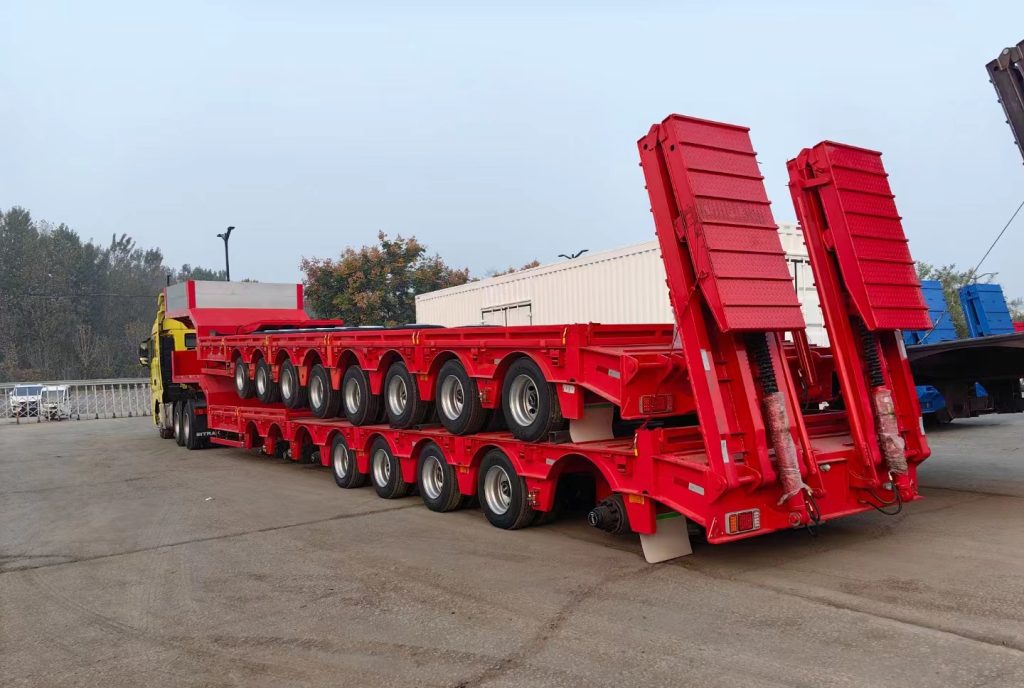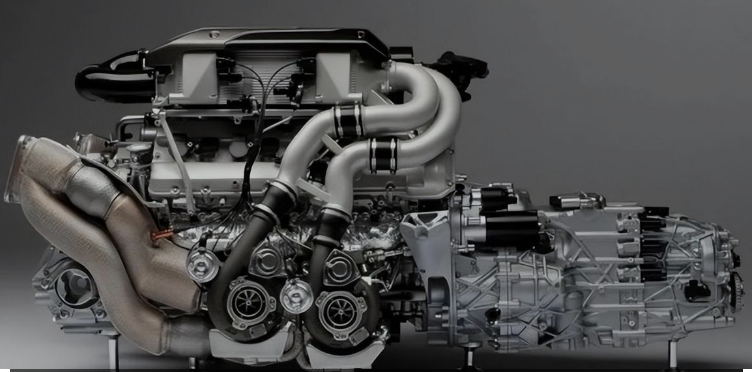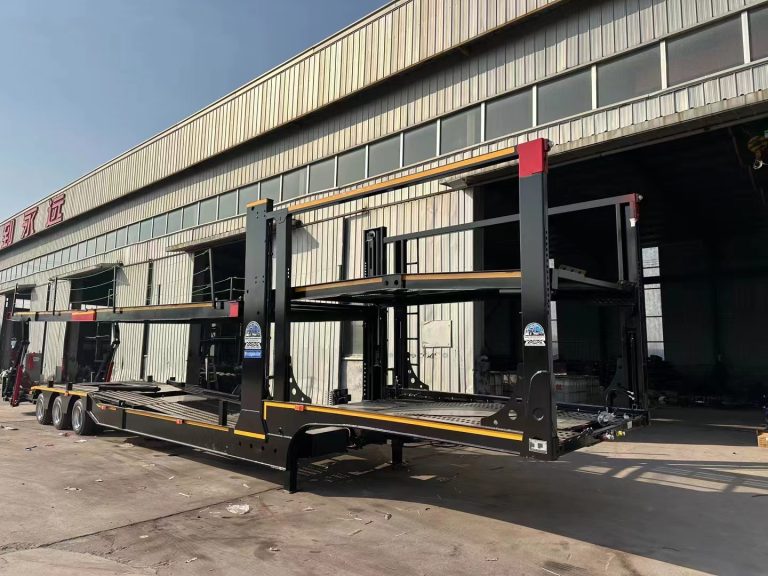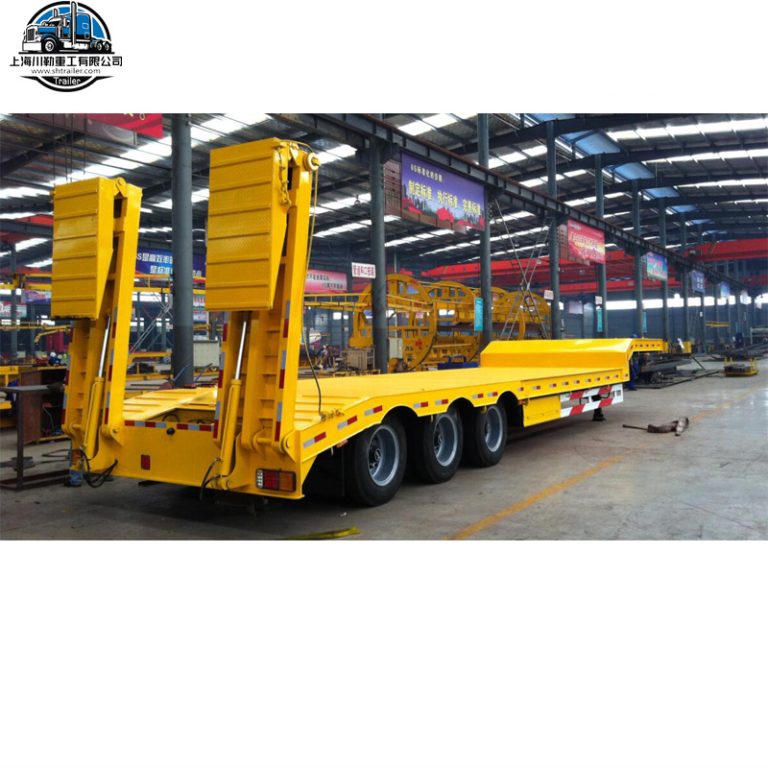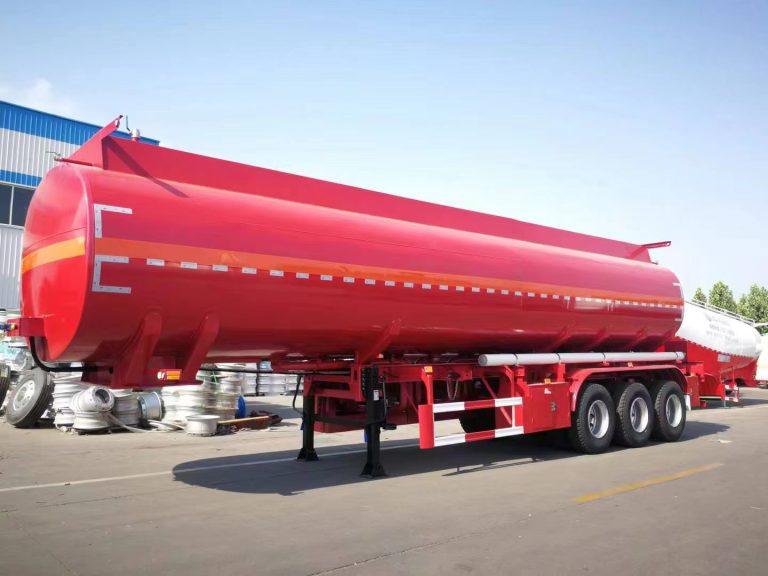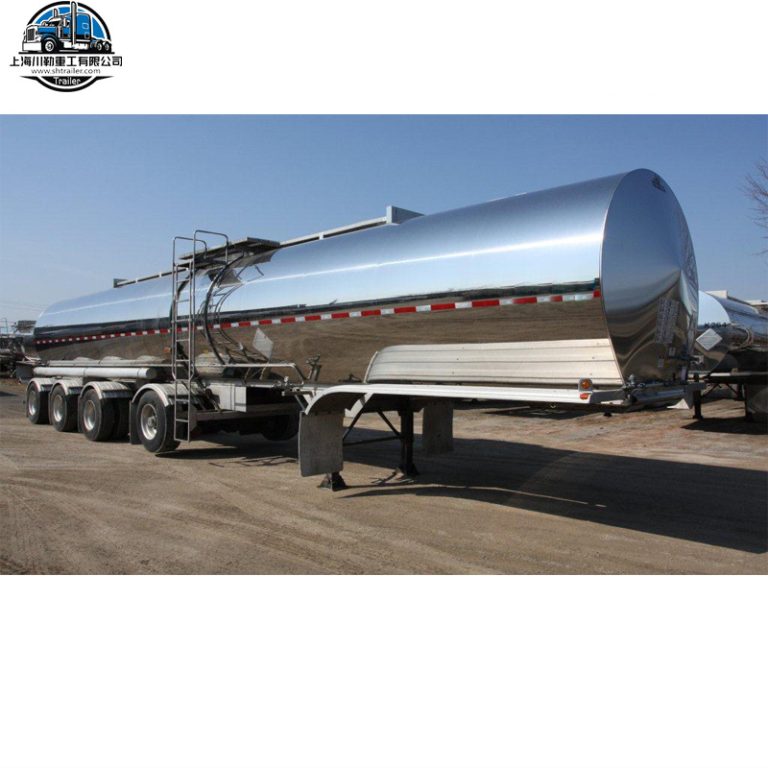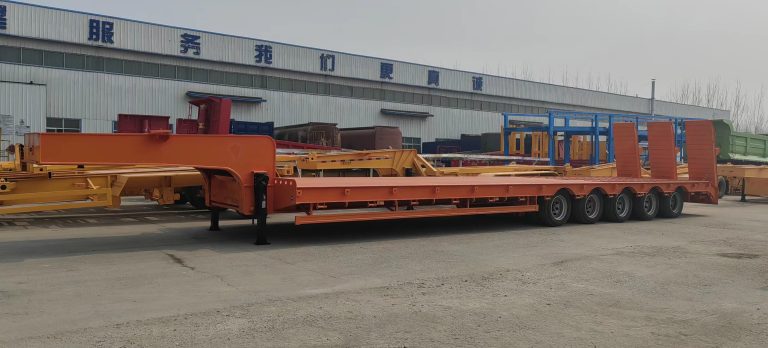Flatbed semi-trailers are a common sight on highways and construction sites, used to transport a wide variety of goods and materials. However, not all flatbed trailers are created equal. There are different types of flatbed trailers, each designed for specific purposes and with unique features. Two common types of flatbed trailers are drop deck trailers and flatbed trailers. Understanding the differences between these two types of trailers can help you choose the right one for your transportation needs.
Drop deck trailers, also known as step deck trailers, have a lower deck height compared to traditional flatbed trailers. This lower deck height allows for easier loading and unloading of tall or oversized cargo. Drop deck trailers typically have two levels: a main deck and a lower deck. The main deck is at a standard height, while the lower deck is closer to the ground. This design allows for more flexibility in loading different types of cargo, especially those that are taller than the standard height of a Flatbed trailer.
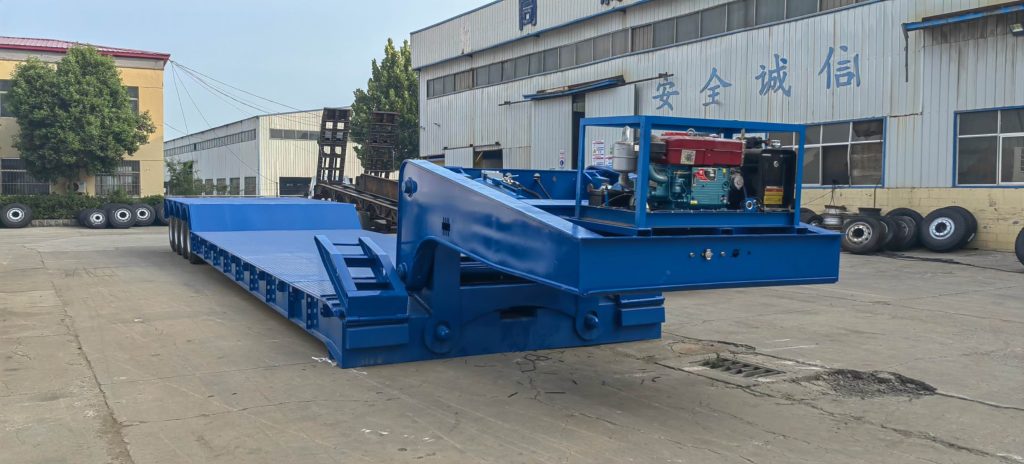
In contrast, flatbed trailers have a single level deck that is at a standard height. This design is more suitable for transporting standard-sized cargo that does not require the additional height clearance provided by a Drop Deck Trailer. Flatbed trailers are commonly used for transporting construction materials, machinery, and other heavy loads that do not exceed the height limitations of a standard flatbed trailer.
One key difference between drop deck trailers and flatbed trailers is their weight capacity. Drop deck trailers typically have a higher weight capacity compared to flatbed trailers. This is due to the lower deck height of drop deck trailers, which allows for more stability and support when carrying heavy loads. Flatbed trailers, on the other hand, have a lower weight capacity due to their single level deck design.
Another important factor to consider when distinguishing between drop deck trailers and flatbed trailers is their versatility. Drop deck trailers are more versatile in terms of the types of cargo they can transport. The lower deck height of drop deck trailers allows for the transportation of taller and oversized cargo that may not fit on a standard flatbed trailer. Flatbed trailers, while less versatile in terms of cargo height, are still widely used for transporting a variety of goods and materials.
When choosing between a drop deck trailer and a flatbed trailer, it is important to consider the specific requirements of your transportation needs. If you frequently transport tall or oversized cargo, a drop deck trailer may be the better option for you. However, if you primarily transport standard-sized cargo that does not require additional height clearance, a flatbed trailer may be more suitable.
In conclusion, understanding the differences between drop deck trailers and flatbed trailers can help you make an informed decision when choosing the right type of trailer for your transportation needs. Consider factors such as weight capacity, versatility, and cargo requirements to determine which type of trailer is best suited for your specific needs. By choosing the right type of flatbed trailer, you can ensure safe and efficient transportation of your goods and materials.
